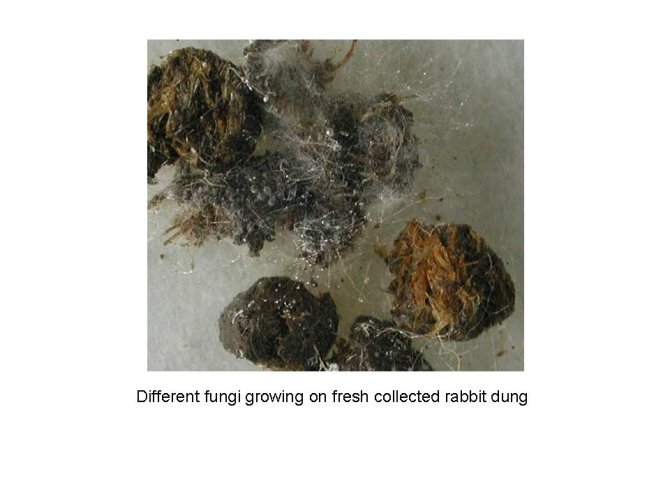Project
The ecology and evolution of fungal senescence
Podospora anserina is a coprophilous fungus that grows exclusively on herbivore dung. Thus, in nature the fungus has only a short period in which it has to form mycelium and sexual offspring, before the dung is completely decomposed.
Under laboratory conditions, unlimited resources can be offered to P. anserina, but the fungus appears so adapted to its lifestyle that it lives up to 3 weeks on rich medium in which it slowly senesces, loses its fertility and finally dies. P. anserina is known to harbor mitochondrial plasmids and transposable elements that may cause rearrangements in the mitochondrial genome and thus influence the progress of senescence. Looking at the ecology of senescence we would like to study other organisms which in nature grow obligatory on substrate with limited time spans to see if they show senescence and what processes cause this ageing.

Used skills: microbiological and molecular biology skills, some statistical analysis to interpret the results.
Requirements: Molecular and Evolutionary Ecology (GEN20304) and Genetic Analysis Tools and Concepts (GEN30306) are good preparations.
Reference: Osiewacz HD. 2002. Genes, mitochondria and ageing in filamentous fungi. Ageing Res. Rev. 1: 425-442.